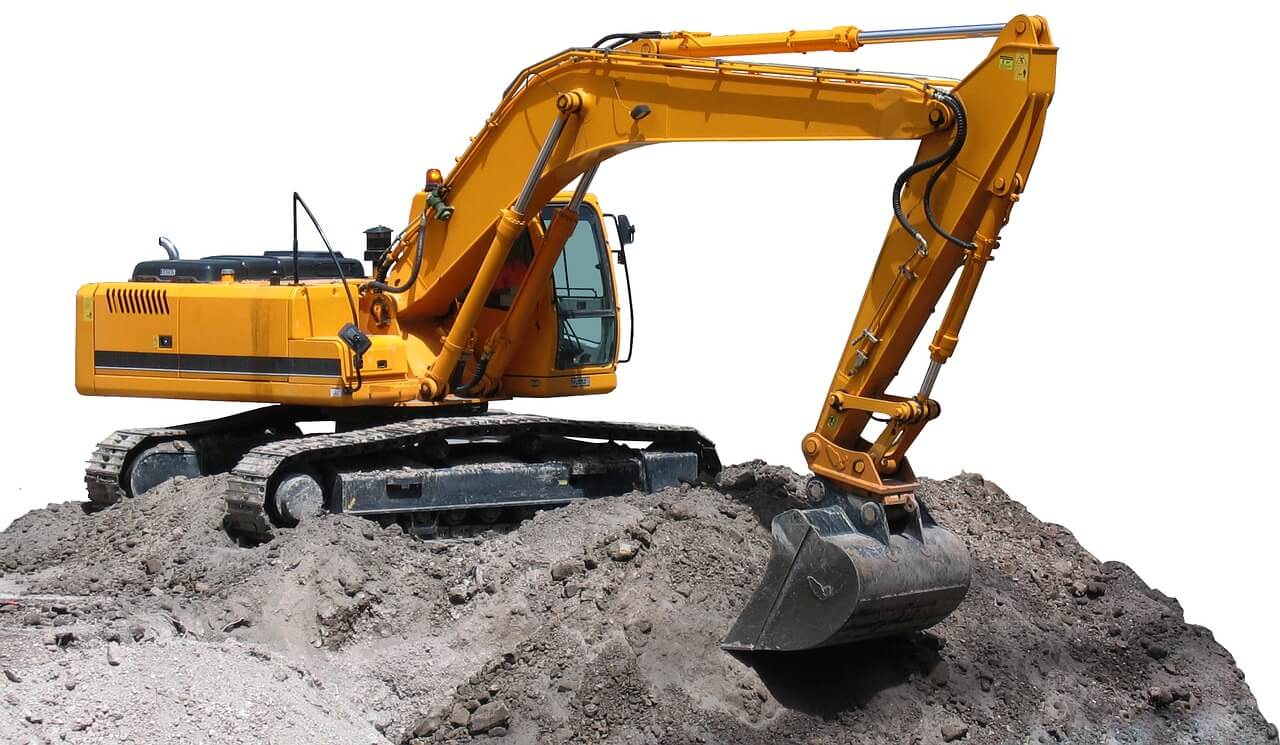
EXCAVATORS
Running a construction project means handling a number of factors including deciding which earthmoving equipment is best for your site. Depending on the type of work being done on the construction site, you can decide which machinery is best for the job. It also means factoring in the health and safety of all your workers as well as the location of your site.
Determining the right gear and equipment needs to be done before starting any work on a construction site. Do you look for used excavators for sale or does the job require another type of earthmoving equipment? Let’s talk about how to go about deciding what earthmoving equipment you need when starting at a new construction site.
3 Simple Ways to Decide Which Earthmoving Equipment is Best for Your Construction Site
1. Get to Know the Different Types of Earthmoving Equipment
Knowing what earthmoving equipment is available for construction work is a good place to start. Understanding the strengths and weaknesses of the different earthmoving equipment plus what each one can do will make it easier to pick the best one for the job.
By comparing the features of different types of earthmoving equipment, you can decide which one to add to your construction fleet. Earthmoving tasks can be performed by any of the following equipment:
- Excavators: Machinery often used on larger construction sites that require big-scale earthmoving jobs or excavation work. Their features include increased digging depth, more power with greater reach and higher lifting capabilities. Excavators come in a range of sizes with either conditional or zero tail swing.
- Skid steers: These squat-shaped earthmoving machinery are good for tight or compact spots, thanks to their excellent maneuverability. Also used for levelling surfaces, this is a versatile piece of equipment.
- Wheel loaders: This earthmoving equipment is used in agricultural and industrial settings as well as construction sites. They’re compact and nimble, making loading and handling of materials quick and safe. They’re also more accurate when offloading into trucks.
- Trenchers: A piece of machinery used specifically for digging trenches for the laying of pipes or cables. Trenchers can be used for laying drainage, cutting through heavy rock and severing tree roots.
- Dump trucks: Earth material sometimes need to be moved off site and loading into dump trucks is far more efficient than carting smaller loads with an excavator or skid steer. Dump trucks can handle large loads for transportation to another location.
Understanding the different earthmoving equipment available for the various construction site work means you can now come up with a blueprint of what is needed in your fleet.
If you are looking for additional earthmoving equipment such as compact track loader, feller buncher and skidder, look no further than Doggett equipment. They have selections of equipment suitable for your construction jobs.
2. List the Different Tasks to be Performed on Your Construction Site
Drawing up a blueprint of your construction project includes defining the various tasks that’ll need to be performed. However, it’s important to remember that this plan can change with unforeseen jobs surfacing. Factor this in when putting together your project plan.
When you have a list of tasks that’ll take place throughout the duration of the project, you can decide which machinery is best for the application. When deciding on the best earthmoving equipment, consider the following:
- Versatility: Earthmoving equipment that can be used for a variety of circumstances means you’ve got the best machinery available should something unexpected happen.
- Size: If most of the tasks involve large-scale earthmoving work, an excavator could be your best bet. But, if the area is tight or small, consider using a skid steer for its compactness.
- Power: If your project entails moving and loading heavy loads, you need to take into consideration the lifting power of the machinery.
- Reach: Hard-to-reach areas may hamper the safe removal of earth material. If this is your situation, make sure you pick earthmoving equipment that can handle this kind of work.
- Conditions: Take into consideration conditions such as hard rocky areas, mulchy grounds, elevated or sloped areas and wooded sites. These factors will determine what is the best earthmoving equipment to use, depending on the surfaces they can easily move across.
3. Speak to the Experts
Speaking to the right people in the construction fleet industry will give you more clarity when deciding which earthmoving equipment you need for your site. These experts can advise you on the best machinery to use for the successful completion of your project. By inspecting your site, the experts can then determine which is the right machinery for the conditions it’ll be working under.
Speaking to the experts in the construction fleet industry gives you peace of mind you’re using the right equipment on your site. So, you’re making smart capital investments and pursuing the correct renting contracts that give you most value for money.
Final Thoughts
Understanding the different types of earthmoving equipment used on construction sites and listing the various tasks will give you a blueprint to work with. This plan will highlight the conditions, location and type of loads the machinery needs to work with. Make informed decisions so you can rest assured you’ve got the best equipment as part of your construction fleet.





